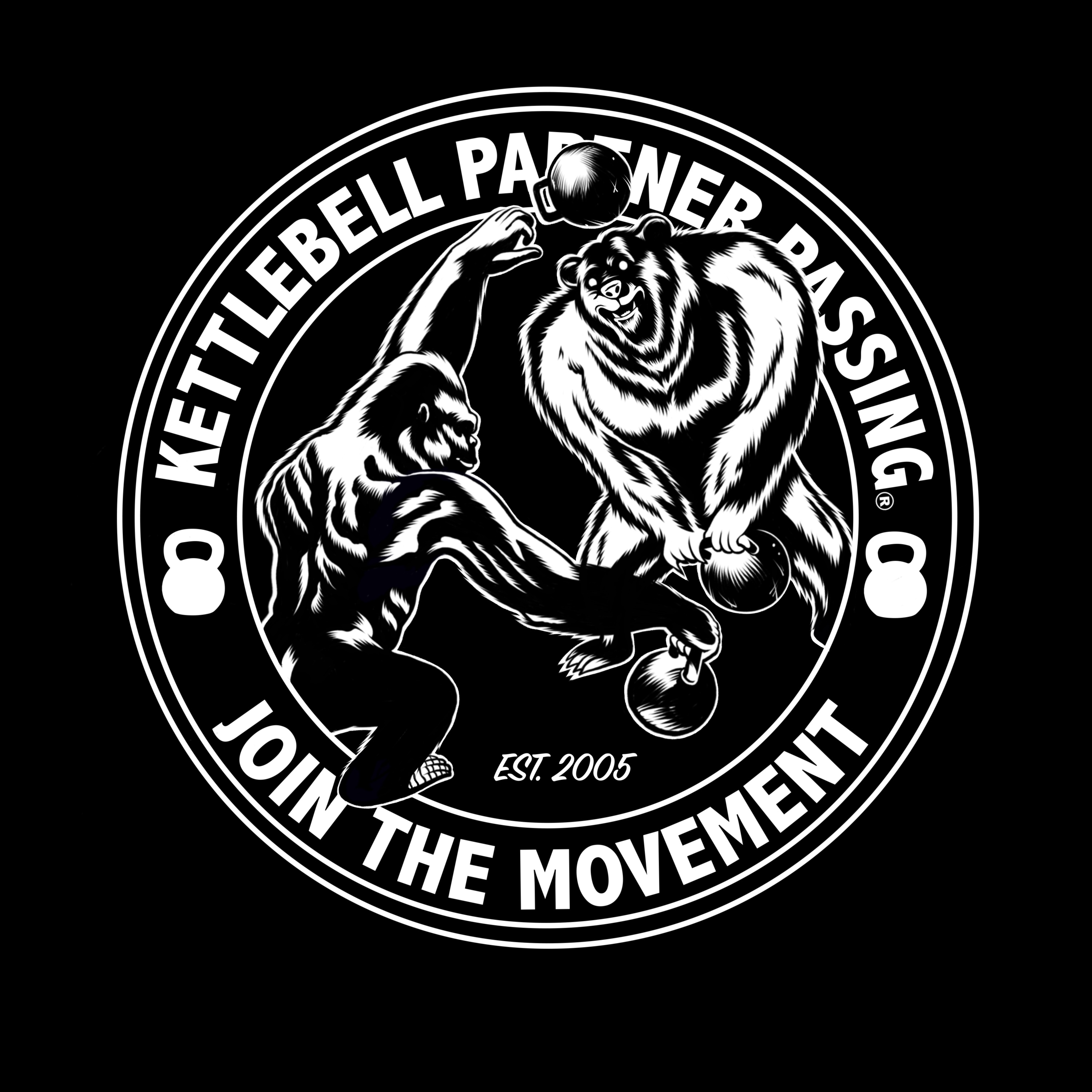The Best Core Exercise You Should Be Doing
- Kettlebell Partner Passing

- Feb 26, 2021
- 3 min read
Updated: Apr 6, 2022

Most people are familiar with core exercises such as sit ups, leg raises, and side planks. While these exercises are effective, there is another way to train your core that is equally as important, yet rarely associated with core training. Enter the pelvic tilt!
What is the Pelvic Tilt?
The pelvic tilt is an incredibly simple, underrated exercise that is gentle on the body and yields tremendous benefits. The pelvic tilt focuses on awareness rather than maximal contraction, and improves strength, stability, and mobility in the pelvic region. More specifically, the pelvic tilt strengthens and stretches your lower abdominals and low back muscles.

Tilting the pelvis simply means moving the pelvis back and forth, from an anteriorly tilted position (butt sticking out) to a posteriorly tilted position (butt tucked under). As the pelvis tilts back and forth, the lower abs and back engage alternately, like a seesaw. The lower abs engage as your butt tucks under, and the low back engages as your butt sticks out. The pelvic tilt should be performed smoothly and with minimal muscular contraction. Over time, the intensity can be ramped up using various positions for resistance.
7 Reasons to Incorporate the Pelvic Tilt into Your Routine ASAP!
1. Strengthens the abs and lower back.
2. Mobilizes the lower spine.
3. Improves spinal health.
4. Alleviates stiffness.
5. Builds pelvic awareness.
6. Mitigates injury risk.
7. Enhances longevity.
Pelvic Tilts May Reduce Lower Back Pain
One of the most common complaints in our society is low back pain; many of these complaints could be addressed with the pelvic tilt. The pelvis is the bridge between the upper and lower body; if the core musculature around the pelvis doesn’t function well, the spine isn’t stabilized properly by the core, and other muscles will compensate (i.e. hips and back). Having a better connection with the lower abdominal muscles through pelvic tilting can decrease tension in overworked low back muscles and potentially mitigate back pain. Building awareness of how the abdomen and low back work together, and how to fire them sequentially and simultaneously, is important for general health as well as success in most physical activities, especially Kettlebell Partner Passing (KPP).
Why Hasn’t the Pelvic Tilt Found its Fame in Functional Core Training Programs?
Let’s be honest, the pelvic tilt is not a move that looks good on social media. If the pelvic tilt was flashier, it might make waves, but it’s so subtle that it seems like it couldn’t play a significant role in core training. However, the pelvic tilt does enhance core function by keeping the spine and pelvic floor healthy, and can mitigate the risk of injury and enhance longevity. If people invested a fraction of the time and energy they spend on improving their six packs into pelvic tilting, they would achieve a pleasant aesthetic in addition to other benefits such as moving and feeling better. Subtle movements are often overlooked in favor of showier movements; the truth is that subtle movements can be the most effective.
The good news is that it’s incredibly easy to incorporate the pelvic tilt into your routine. The pelvic tilt doesn’t require any equipment and even just pitching your torso forward 5-10 degrees gives you an opportunity for a training stimulus. Pelvic tilts can be done in any position, and eventually, practicing in more positions can lead to better results and carryover to other exercises. Start doing pelvic tilts gradually; consistency over time is more important than high volume or intensity early on.
Here’s How to Get Started with the Pelvic Tilt:

Lay on your back, with your feet flat on the floor and knees pointing up to the ceiling, like the bottom of a hip bridge. Tilt your pelvis anteriorly and posteriorly, and use the feedback and resistance of the floor to alternately engage the lower abdomen and low back muscles. The contraction should be light (10-20% effort) in order to activate the deep core musculature. Aim for 10-20 repetitions. Once you’re comfortable in this position, try lifting your hips up to the top of the hip bridge and do tilts there, which will add resistance to the exercise.
Next, try pelvic tilts in a standing position. Check out the video below for a demo.
To get email notifications about new blog posts, subscribe to our mailing list.



Comments